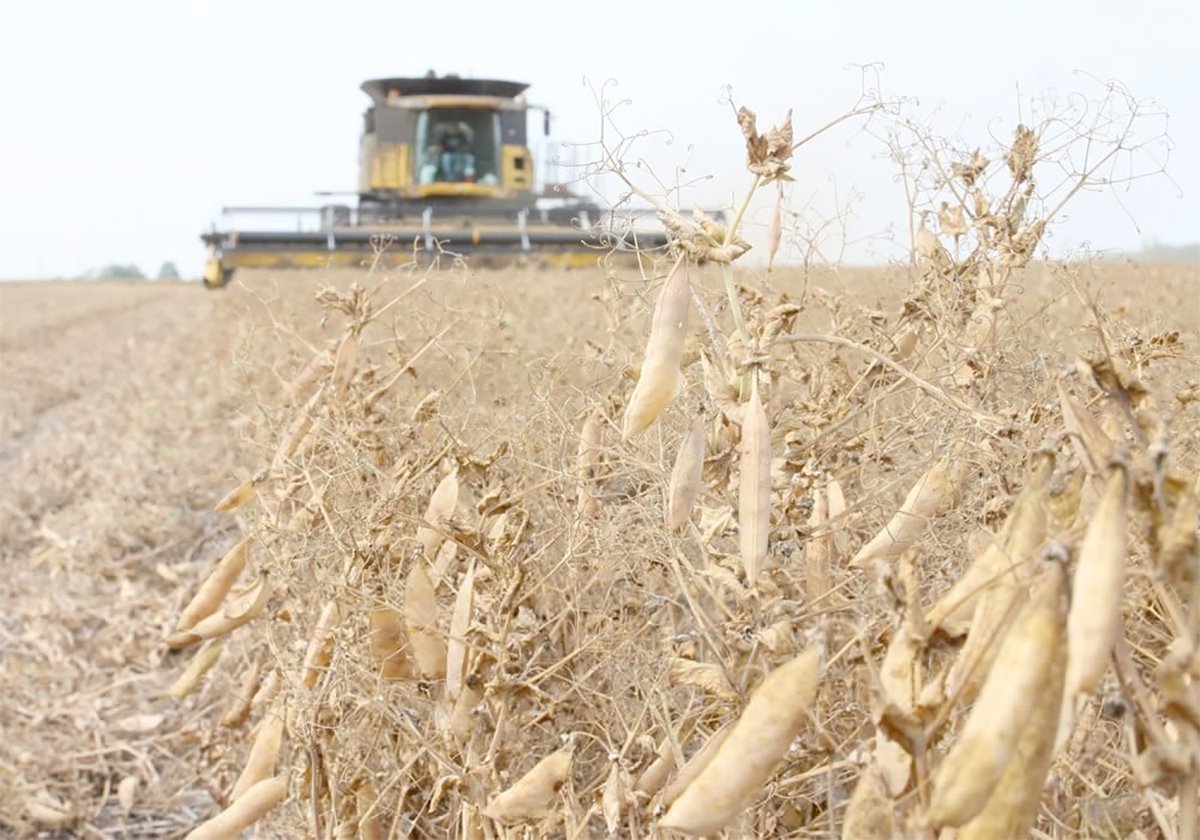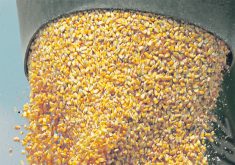A new program designed to give farmers more control over when they can deliver wheat got off to a slow start in 2006-07.
A limit of 250,000 tonnes was established for the pilot project, which was available only to farmers in parts of southern Saskatchewan.
But demand fell far short of that, as only 124 farmers signed up for 71,200 tonnes. Only one delivery trade took place.
Despite the tepid response, the Canadian Wheat Board director who championed the idea of allowing farmers to trade delivery opportunities says it’s too soon to pull the plug.
Read Also

Chinese, Indian tariffs take toll on pea prices
The disruption of pea exports from Canada’s largest customers will likely result in slow pea exports for the remainder of the crop year.
“Certainly there will be a little concern about the small numbers but I think it’s too early to give up on it,” said Rod Flaman of Edenwold, Sask.
Improvements are clearly needed, he said, adding that other programs introduced in recent years, such as producer payment options, had little farmer support in the first year or two.
The board set up a pilot project last year offering farmers in southern Saskatchewan access to delivery exchange contracts.
The contracts enable participants to swap delivery opportunities to meet their individual cash flow and farm management needs.
For example, a farmer taking a 400 tonne contract would have that divided into four equal amounts over four delivery periods during the crop year.
The contract holder indicates how much he wants to deliver in each period and also his willingness to trade his delivery opportunity with another farmer who wants to deliver at a different time.
The two farmers are free to negotiate whatever financial or other arrangements they wish to swap delivery periods. The board then helps the farmers do the necessary paperwork to consummate the deal.
While the numbers were poor, a CWB spokesperson said an informal survey of those who took part produced positive reviews.
However, it wasn’t the chance to trade delivery opportunities that was seen as most beneficial.
Of those who responded to the survey, 95 percent said the best thing about the program was guaranteed acceptance of contracted grain.
Defined delivery periods were identified as a benefit by 78 percent, while the ability to trade was identified by 41 percent.
Maureen Fitzhenry said the purpose of the contracts is to give farmers increased delivery flexibility and more control over cash flow.
“It’s up to participants whether to make use of the ability to trade,” she said.
While only one trade took place, she said other farmers attempted to make trades but were unsuccessful.
She said it’s not surprising that farmers were reluctant to immediately embrace the idea of trading delivery opportunities.
“This is a brand new idea and farmers don’t have a high comfort level with it,” she said, adding that as they become more familiar with the idea, that should change.
“We’ve created the framework, now we need to get people more aware and more involved,” she said.
Flaman said his biggest issue is to develop an online electronic trading site to make it easier for buyers and sellers to get together and provide an effective price discovery mechanism. In the pilot project, trading was conducted through the CWB business centre in Winnipeg.
The program will work only if there are many buyers and sellers involved.
“I suspect the vast majority who signed up would be more interested in buying delivery opportunity rather than selling,” said Flaman.
The way to get sellers involved is to set up a marketplace where sellers have a chance to make money.














